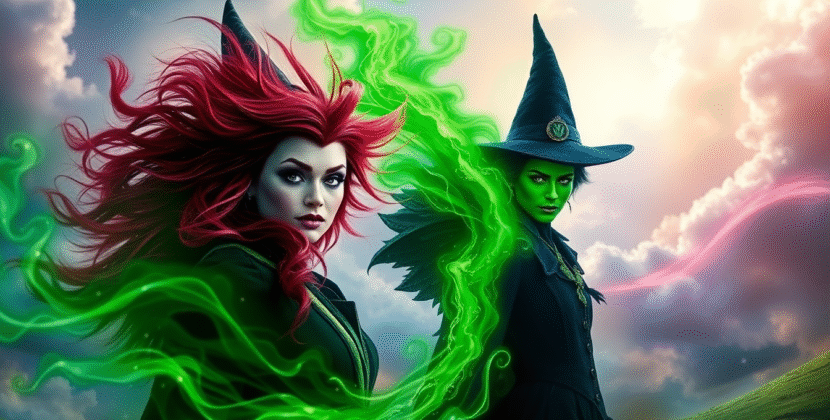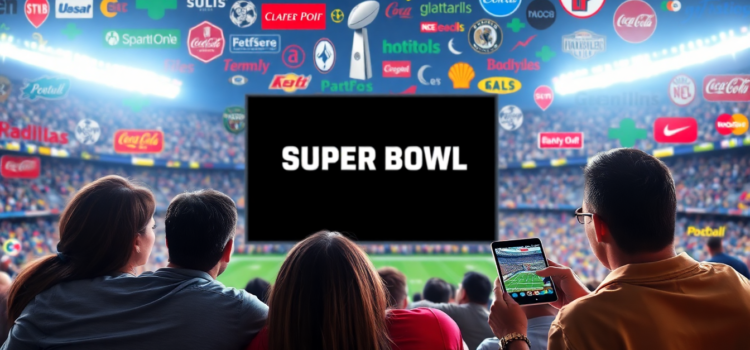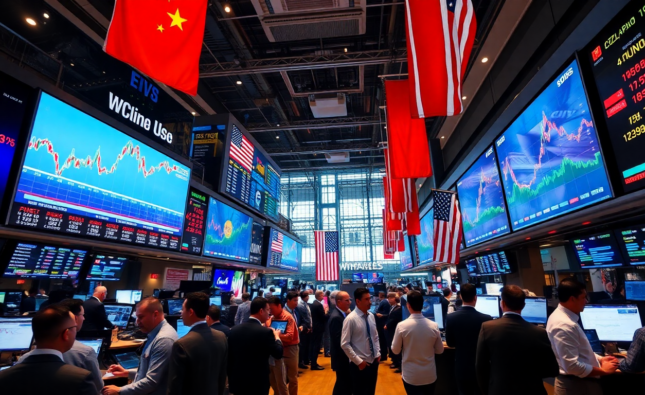
Global Brands Rethink Super Bowl Spending Amid Shifting Viewer Habits

Introduction
The Super Bowl has long been a cornerstone event for global brands seeking to engage vast audiences with their advertising prowess. However, the landscape of Super Bowl advertising is evolving. In 2025, the game attracted a record 203.4 million U.S. viewers, breaking previous audience expectations. Yet, current trends reveal that brands are reevaluating their marketing strategies to adapt to shifting viewer habits. This blog explores how these changes influence the advertising choices of brands on one of the biggest global stages.
Super Bowl Ad Spending Trends 2025
As the Super Bowl attracts a growing global audience, it remains a pivotal platform for advertisers. In 2025, the total consumer spending surrounding the event is projected to reach a record-breaking $18.6 billion, a significant increase from previous years. Brands are responding by increasing their Super Bowl week budgets by approximately 7%, with 30-second TV ad slots climbing to $8 million. Despite the hefty price tags, the continued appeal of the Super Bowl is undeniable, as brands aim for omnichannel reach amidst shifting viewer behaviors.
Shifting Super Bowl Viewer Habits
Viewer habits are evolving, with a notable increase in digital engagement during the Super Bowl. Approximately 57% of viewers are keen on the commercials, a figure nearly matching the 72% focused on the halftime show. Digital platforms such as Facebook, Instagram, and TikTok are becoming pivotal, as 63% of the audience engages with social media during the game.
The Decline in Celebrity Super Bowl Endorsements
Interestingly, brands are shifting away from traditional celebrity endorsements. By 2025, only 54% of commercials relied on celebrities, compared to 77% in 2023. Brands are prioritizing storytelling and authenticity over pure star power, focusing on relatable content which resonates with diverse audiences. The humor has also become a compelling element, featuring in 85% of commercials.
Digital Advertising versus Traditional TV Super Bowl
While television remains dominant, the increasing costs are encouraging brands to explore alternative methods. Digital marketing offers a flexible, cost-effective option for performance marketing campaigns. With social media’s increasing influence, advertisers are placing hefty bets on mixed media strategies that maximize reach across digital platforms.
Inclusivity and Diversity in Super Bowl Campaigns
Brands are increasingly focusing on inclusivity and diversity, crafting narratives that resonate with a broad audience. This strategy not only elevates brand image but also aligns with current social values, promoting stronger connections with consumers.
Conclusion
In conclusion, the Super Bowl remains a formidable global marketing platform, albeit one undergoing rapid transformation. Advertisers must align their strategies with changing viewer habits, focusing on storytelling, humor, and inclusivity. Brands striving for success in 2025 must leverage both traditional broadcasting and digital advertising to fully engage their audience. As ever, the ultimate goal is to create memorable experiences that resonate, prompting consumer engagement well beyond the game’s final whistle.
For more insights on Super Bowl advertising trends 2025, subscribe to our newsletter and join our community in discussing these pivotal changes.










Comments